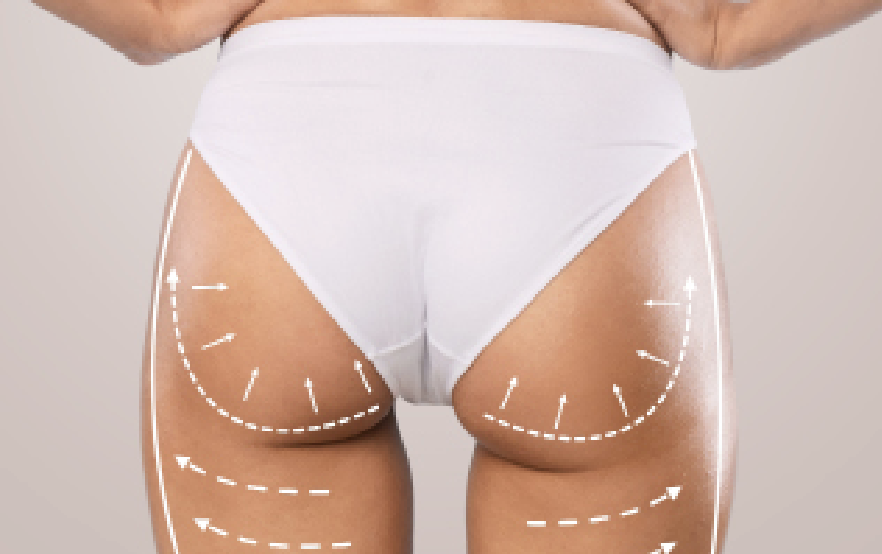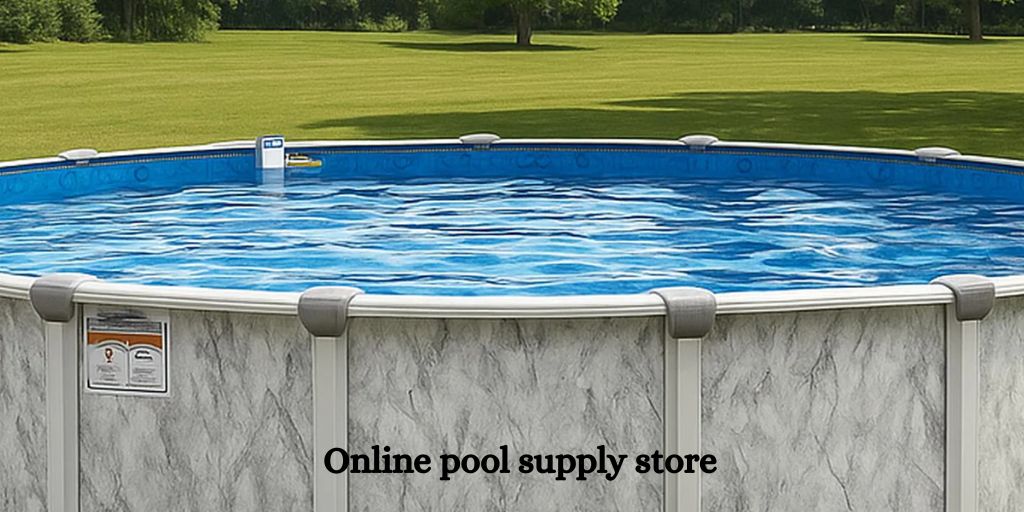
The jewelry industry thrives on precision, craftsmanship, and innovation. When it comes to delicate gemstone settings, even the slightest error can lead to irreparable damage. Traditional soldering and welding techniques, though effective for larger pieces, often pose risks to heat-sensitive stones. This is where a jewelry laser welder steps in, revolutionizing the way jewelers work with fragile materials.
The Challenge with Traditional Methods
Conventional welding and soldering rely on broad heat application, which can easily transfer to nearby gemstones. Diamonds may withstand high temperatures, but many other stones—like emeralds, opals, or tanzanite—are vulnerable to thermal shock. Cracks, discoloration, or even complete fractures can occur, leading to costly losses. Additionally, flux residues and excessive heat can weaken metal structures over time.
A jewelry laser welder eliminates these risks by focusing an intense, pinpoint beam of energy only where needed. This precision ensures that surrounding areas remain unaffected, making it ideal for intricate repairs, resizing, and setting adjustments without disturbing delicate stones.
How a Jewelry Laser Welder Works
Unlike traditional torches, a jewelry laser welder uses a concentrated laser beam to fuse metals at a microscopic level. The process is computer-controlled, allowing jewelers to adjust power, pulse duration, and focus with unmatched accuracy. Since the heat-affected zone is minimal, even the most temperature-sensitive materials stay safe.
The technology is particularly useful for:
- Restoring antique jewelry – Many vintage pieces have fragile stones that cannot withstand conventional repairs.
- Custom designs – Designers can experiment with intricate patterns without worrying about heat damage.
- Chain repairs – Broken links can be seamlessly reattached without soldering marks.
- Ring resizing – Laser welding allows precise metal additions or reductions without affecting gemstones.
Why Jewelers Are Switching to Laser Welders
Beyond protecting gemstones, a jewelry laser welder enhances efficiency. Traditional methods require extensive cleanup, filing, and polishing after welding. Laser welding produces near-flawless joins, reducing post-processing time. It also works with a variety of metals, including platinum, gold, silver, and titanium—some of which are notoriously difficult to solder.
Another advantage is its ability to weld dissimilar metals. A jeweler can fuse white gold to yellow gold or attach a platinum setting to a silver band without weak joints. This versatility opens new creative possibilities, allowing mixed-metal designs that were once considered impractical.
Real-World Applications
Consider a scenario where a customer brings in an heirloom emerald ring with a loose prong. Using a torch could crack the emerald due to thermal stress. With a jewelry laser welder, the jeweler can secure the prong in seconds without any risk to the stone. Similarly, when working with micro-pavé settings—where tiny diamonds are set closely together—a laser ensures no accidental damage occurs.
High-end jewelry manufacturers and repair specialists increasingly rely on this technology to maintain quality and speed. It’s not just about fixing broken pieces; it’s about elevating craftsmanship to new levels.
Final Thoughts
The jewelry laser welder is more than just a tool—it’s a transformative innovation for the industry. By enabling precise, heat-controlled welding, it protects valuable gemstones, enhances design flexibility, and streamlines production. For jewelers who demand perfection, investing in this technology is a step toward unmatched precision and customer satisfaction. Whether restoring cherished heirlooms or crafting avant-garde designs, the laser welder ensures every piece meets the highest standards of excellence.






